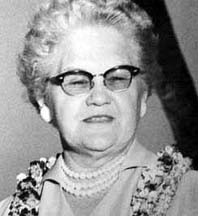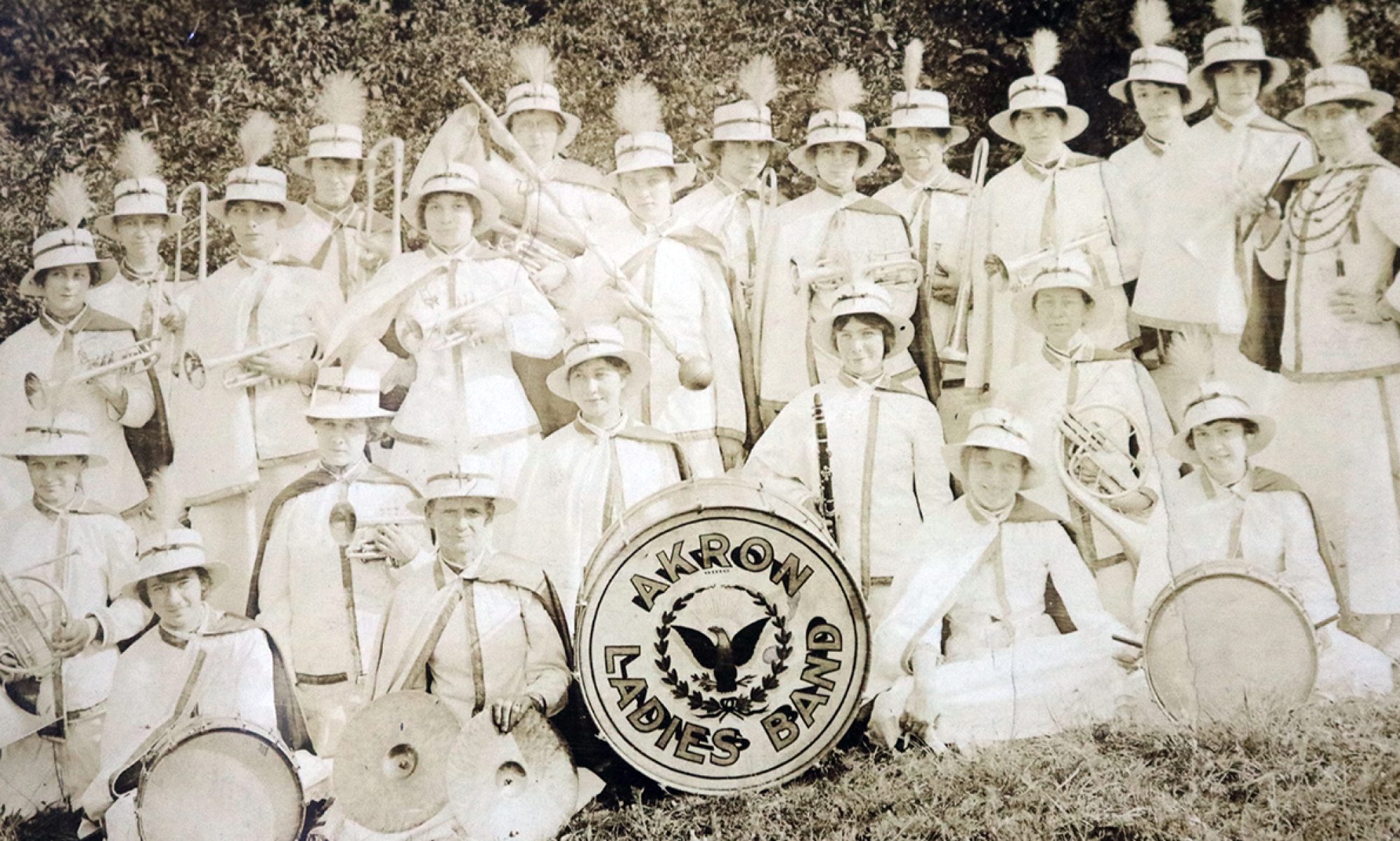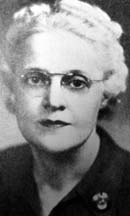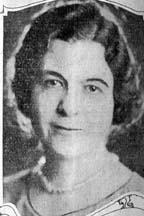
Mrs. Inez G. Crisp was a writer and an artist, as well as a prominent member of many social organizations in Akron. She was also a controversial leader of the Akron and Summit County Federation of Women’s Clubs.
Crisp was involved in the Akron Woman’s City Club and on the board of its Little Galleries organization. She was the oldest member of the Aeronautical Association and was associated with the Mary Day Nursery and Children’s Hospital. For a time, she served as president of the Order of Golden Arrows, Phi Beta Phi fraternity and the Akron Panhellenic Council. She attended college at Ohio University.
In addition to these organizations, Crisp was a member of the Women’s Art League, which was a club of women artists. In order to participate in the Art League, a potential member had to submit some of her paintings to a 12-woman jury for review or have a painting accepted by the Akron Art Institute for its May show. When the Art League began in 1933, there were 20 members; but by 1939, when Crisp was treasurer, the organization had expanded to 40. Eventually, Crisp became a president of the group.
Crisp was elected president for the Akron and Summit County Federation of Women’s Club in 1923; but just one year later in May 1924, she stepped down from the position. According to stories printed in the Akron Beacon Journal, Crisp was accused of being “influenced by political backers of Mayor Rybolt’s motorization plan to oppose any federation move which would not be in support of Rybolt’s scheme.” However, she blamed her health. “My family, health and home make it necessary for me to resign. Things have been unfortunate in the organization. I hope they will be able to get together and solve their problems,” said Crisp. Anna (Mrs. C.H.) Case was appointed to complete the remainder of Crisp’s presidential term.
During her lifetime, Crisp had her artwork displayed at O’Neil’s and the Akron Art Institute. She wrote several fiction stories and historical articles that were published.
Crisp was born in Mount Sterling, Ohio, and came to Akron in 1909. She was married to Raymond G. Crisp, who was the chairman of Fred J. Crisp Co., a company that supplied builder materials. The Crisps resided at 1934 Highbridge Road.
When Crisp died at St. Thomas Hospital in 1965 at the age of 78, she was a widow. She left one son, George E. She is buried in Chestnut Hill Cemetery.
Photo courtesy of the Beacon Journal.
–Janelle Baltputnis






